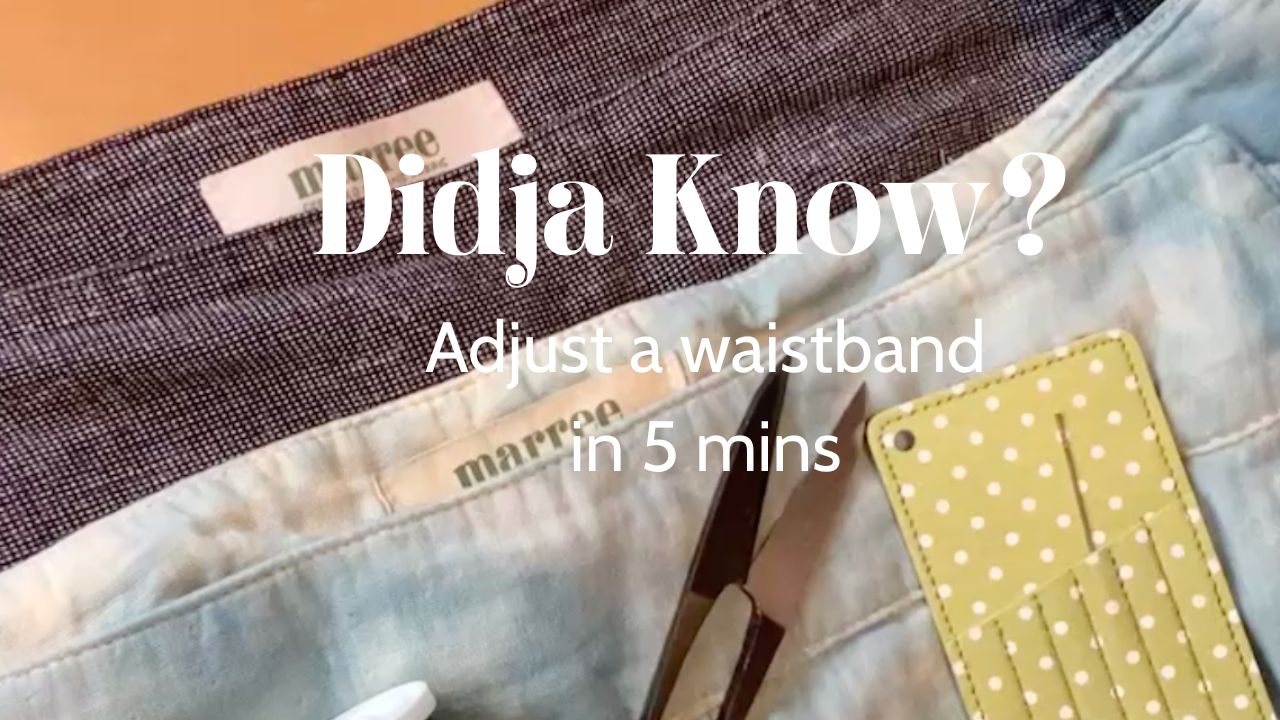You know what they say, look good, feel better! So make sure those Modern Shibori pieces and forgotten closet faves get the TLC they deserve. Read on to discover some easy ways to keep your clothes looking their best while also doing something great for Mother Nature.
Sustainable Laundry Tips
It’s critical that we reduce waste by keeping our garments in good repair for their lifetime. “The linear approach of buy, wear, and dispose has left us with a massive global clothing waste problem — that amounts to one garbage truck’s worth of textiles being landfilled or incinerated every second.”1 Whew, that’s not good. In order to avoid adding to already overflowing landfills, it’s best to reduce our consumption and extend the life of the clothing that we already own.
"Garment care accounts for approximately 75 - 80% of the carbon foot print of any individual piece of clothing"2
"Garment care accounts for approximately 75 - 80% of the carbon foot print of any individual piece of clothing"2 Traditionally, however, good cleaning practices have involved a lot of water, energy and harsh, not so environmentally-friendly products. Kind of defeats the purpose, if you ask us. So we’ve gathered together some of our favorite tips on how to clean and care for your wardrobe - while keeping an eye on the CO2 emissions, of course.
Tip #1: Wash less. Do the sniff test.
If you want to do something good for the environment (and also save yourself some time) just put your clothes through a sniff test. Oftentimes, jeans and jackets don't need a fresh wash after every wear. For sure, socks should be washed more often than other garments - but keep it down to four wears minimum for everything else whenever possible. Just think: by skipping that extra load each week we could all be saving 30 gallons of water per house!3
Get daily, weekly and monthly actionable tips sent to your inbox. Put this cute poster in your laundry room for reminders.
Tip #2: Wash in cold water, line dry.
Short, cooler cycles are much better for your garments and the earth. Do you hate the way some of your garments shrink, lose their shape and fade? Washing machines can prematurely wear out fibers with the addition of hot water. According to Fibershed, a non-profit non-profit organization that develops equity-focused regional and land regenerating natural fiber and dye systems, "switching from hot to cold water washing can save approximately 1600 pounds of CO2 from entering the atmosphere per year per household"2. Also, According to Smithsonian Magazine, washing clothes on a hot cycle uses 75% more energy than cold water washes, and warm water is also more likely to break down dyes and cause shrinkage.4

Photo: sashiko is used for mending holes and hiding stains.
Tip #3: Learn some basic mending hacks
Everyone has their favorite piece that loses a button or gets a rip eventually. It’s great to have some repair know-how when that shirt pops a button or a small hole needs patching. Don’t discard items in your wardrobe at the first stain or when the zipper goes. If you aren’t handy and you’re really pressed for time, there are tailors and seamstresses who can help you keep your clothing mended and in great shape for a long time.
And who doesn't have to deal with stains? Did you ever throw out a great top because of a red wine stain? Check out our red wine stain removal guide!
Tip #4: Reduce use of dry-cleaning
Do you know what chemicals are used in the dry-cleaning process? Dry-cleaners typically use perchloroethylene to clean garments due to its efficacy in removing stubborn stains. However, “Health and environmental agencies, including the US Environmental Protection Agency, have linked perchloroethylene exposure to several types of cancer and neurological impairment.”4
As a result, many dry-cleaning companies have been using other types of solvents that are more eco-friendly. Still, it’s best to use dry-cleaning sporadically and only for items that truly cannot be wet-cleaned or spot-cleaned. Ask your local dry-cleaners what products they use and seek out green dry-cleaners in your area.

Photo: Mending a tear by patching over it by upcycling old shibori scraps.
With the right care, your garments from Marree will last a lifetime - which is good news for you and for the environment. The wonderful thing about purchasing your clothing from a sustainable fashion brand is that we truly care about our customer community. We are always available to answer care questions or to offer advice about cleaning and repair. Our organic fabrics are durable and high quality, thanks to the fact that they are not processed with chemicals that can damage the fiber. Best of all, proper care softens the fabric, and our pieces get even more comfortable and cozy over time.
Get in touch today with any questions you might have about caring for your Modern Shibori pieces.
What's your fave go-to piece? Does it need repair soon? Let us know in the comments.
Resources:
1https://www.consciouslifeandstyle.com/sustainable-clothing-care/
4 https://www.smithsonianmag.com/smart-news/case-washing-clothes-cold-water-180955459/?no-ist
Additional Resources:
https://eco-age.com/resources/how-care-your-clothes-and-keep-them-longer/
https://goodonyou.eco/caring-for-your-clothes/



